Beard Transplants: Procedure, Side effects & Success rate
Facial Plastic Surgery
eard hair transplant can be done just like other hair transplant procedures. This cosmetic procedure suits men who want a bushier and stronger beard. Causes for a thin or uneven beard may include genetic predisposition, scarring, and hair loss. All men can be candidates for beard transplants, but do beard transplants work? In this article, we will answer this question and provide you with useful information about the procedure, side effects, and recovery of this cosmetic surgery.
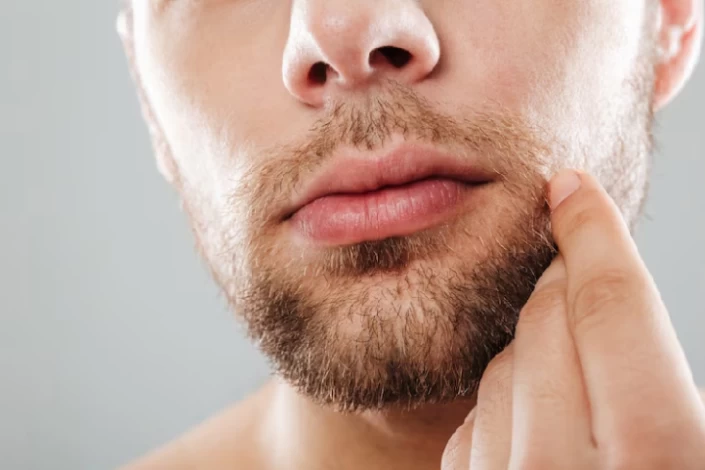
What Is Beard Transplant Surgery?
Despite being unharmful, having a thin or uneven beard can adversely affect men’s self-esteem and self-image. The beard may get thin due to various reasons such as burns, genetic predisposition, poor nutrition, stress, scarring, taking certain medications, and hormonal changes. The fastest and most effective method of restoring a thin beard is having beard transplant surgery. This cosmetic technique, with more than a %90 chance of success, aims at restoring beard and mustache most naturally.
Who Is a Good Candidate for A Beard Transplant?
Candidates for beard transplantation are men who have never had a beard, have a thin beard, or have lost an area of their beard due to an injury. A beard implant also helps cover scars and burns. It is recommended that men wait until age 22 to perform beard transplantation.
As hair follicles are harvested from the donor area or the back of the head, candidates for beard transplantation should have about 2,000 - 2,500 healthy hair follicles in this area.
Is Beard Transplant Permanent?
Follicular units inserted into the beard are taken from an area of the scalp with a low probability of thinning or hair loss. This means that hair transplanted can grow like a natural beard for a lifetime.
What Is the Success Rate of Beard Transplant?
The average success rate of beard transplants is 80-90%. The reason for such a high rate is that the beard transplant procedure uses hair follicles from the patient's scalp. Therefore, there is no possibility of rejection.

How to Prepare for a Beard Transplant Surgery?
Preparing well is crucial for a successful beard transplant. Pre-operative instructions that help have a better experience of facial hair transplant are as follows:
- Do not take vitamin E supplements and aspirin 10 days before the surgery;
- Do not put on creams, lotions, and all other cosmetic products on the face on the day of surgery;
- Do not consume alcohol and take anti-inflammatory medications like ibuprofen a week before the surgery;
- Avoid sun exposure 3 days before the beard transplant surgery;
- Avoid smoking for 1 week before and after the beard transplantation for faster healing.
Beard Transplant Procedure Step by Step
A beard transplant surgery uses two methods to restore beard hair density: the FUE hair transplant method (Follicular Unit Extraction) and the FUT method (Follicular Unit Transplant). In the following, the procedure of both of these techniques is mentioned in detail.
FUE Beard Transplant
Depending on how much hair is transplanted, the FUE beard transplant lasts 5 to 8 hours and involves the following three steps:
- Administering anesthesia: This surgical procedure is usually done under local anesthesia.
- Harvesting hair grafts: the hair grafts are taken from (the back of the head) or the lower section of the chin (around the neck and jawbones) where the beard is dense. The extracted follicles are then kept in a wet and cold environment until the transplant area is ready.
- Transplantation: after harvesting, the surgeon then implants the follicular units into respective beard regions using a special implanter device. This step is very sensitive as the follicles must be implanted at a proper depth and a correct angle. Otherwise, the beard will look unnatural and less bushy.
It is worth mentioning that FUE is a minimally invasive technique with a short recovery time. This method is mainly suitable for men who prefer short and less bushy beard styles.
FUT Beard Transplant
FUT beard transplant takes 6 to 12 hours and is done in 4 steps as well.
- Administering anesthesia: the FUT beard transplantation is done under local anesthesia, but in some rare cases, the surgeon may decide to perform the surgery under general anesthesia.
- Graft removal: in this step, the surgeon removes a strip of hair-containing skin from the donor site (usually the back of the head) and then extracts the hair follicles.
- Closing the donor area: the skin of the donor area is stitched and covered with a bandage. The stitches will be removed after almost 10 to 14 days.
- Transplantation: the surgeon implants the harvested hair follicles in beardless spots with the aid of micro punches. In this technique, more hair grafts are transplanted, and the results are more significant, but the procedure is more invasive than FUE.
What to Expect After a Beard Transplant Surgery?
Patients can resume their routine activities after the beard transplant; however, they should avoid strenuous activities. They should also raise their head while sleeping to avoid swelling.
Cold compresses can help reduce bleeding, swelling, pain, or other post-surgery side effects.
People undergoing facial hair transplants are not allowed to shave their beards after 10 days of the operation. They must also avoid direct sun exposure, swimming, smoking, and consuming anticoagulants (blood thinners) for at least a week after the surgery.
It should be noted that the beard hairs will fall out a few weeks after the transplant surgery, which is normal and happens to all patients. Patients can expect the final result of their hair transplant in about six months.
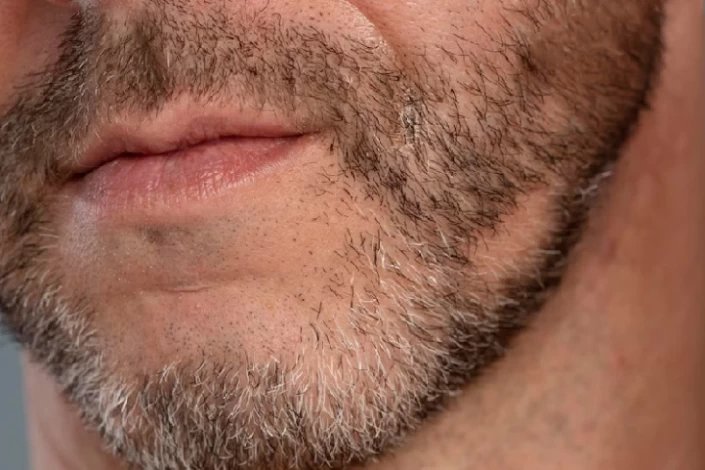
How Long Does It Take to Recover from Beard Transplant?
A beard transplant is an easy and permanent aesthetic procedure with quick recovery. It takes a day to recover from the hair transplant. Patients can begin shaving their face normally about 10 days after the surgery. It is recommended that people undergoing this surgery keep the donor area as well as the transplanted area to avoid negative effects during the beard transplant recovery time.
The transplanted area will become more natural within a week after the surgery. The donor area also begins healing fast. Patients can observe the results after six months, and beard hair looks thicker and more authentic after 12 to 18 months.
It is recommended to follow the subsequent points during the recovery period to achieve greater results from your operation.
- Keep the donor and recipient area clean;
- Do not use scrubs and face masks until your doctor allows you;
- Avoid rubbing and scratching your face;
- Avoid direct sunlight;
- Place two pillows under your head when sleeping to minimize swelling;
- Drink plenty of fluid every day; and
- Avoid activities that make your face oily and sweaty.
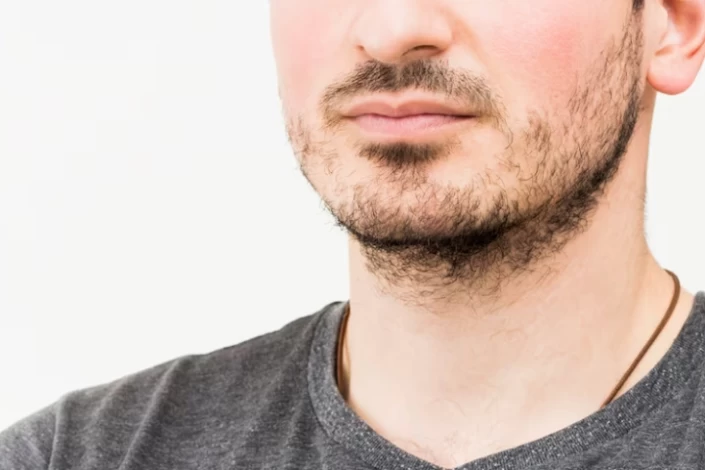
How to Sleep After a Beard Transplant?
Patients should sleep on their back After the beard transplant. They must avoid sleeping on their face because the newly transplanted hair follicles should not be in contact with the pillows; otherwise, they may break off again. It will lead to a failed beard transplant and cause permanent scarring.
If you want to know more about sleeping after hair transplants, read this article.
Shaving after Beard Transplant Surgery
Patients can begin shaving their face normally about 10 days after the surgery. It is recommended that people undergoing beard implant surgery keep the donor area as well as the transplanted area to avoid negative effects during the beard transplant recovery time.
What Are the Advantages of Beard Transplantation?
The Beard Transplant procedure is painless and permanent. The main benefits of this cosmetic hair surgery are as follows:
- It results in a strong and natural-looking beard;
- It has a short recovery;
- It has a high success rate;
- It helps improve self-confidence.
What Are the Potential Side Effects of Beard Transplant Surgery?
Patients may experience the following side effects on their scalp or transplanted areas after the beard transplant surgery:
- Redness and swelling;
- Mild bruising;
- Temporary crusts or scabs;
- slight numbness or tightness in the skin;
- Tightness;
- Infection (rare);
- Scarring (common, that will be covered with hair over time).
Beard Transplant Scars
Both methods of FUE and FUT cause scarring; however, the FUT method has a higher risk of scarring as this method is more invasive and involves cuts and sutures. Although the skin of the donor area is immediately closed and wrapped, there is a high chance of long-term scarring in this method. The FUE, on the other hand, involves minimal scarring scattered in the donor area.
What Are the Alternatives to Beard Transplant?
- Beard Micro-blading
- Minoxidil (Rogaine)
- Hair growth supplements
- Lifestyle behaviors
A beard transplant is the number 1 solution for facial hair restoration. However, patients suffering from beard hair loss or beard hair thinning can consider other alternative procedures as follows:
Beard Micro-blading: a technique that utilizes semi-permanent ink to create hair-like steaks around the beard area. The results are natural but temporary;
Minoxidil (Rogaine): a common cure for hair loss on the scalp and stimulating hair growth on the face. This topical product is in the form of liquid or foam;
Hair growth supplements: such as supplements containing the B vitamin biotin and L-Carnitine-L-tartrateTrusted Source;
Lifestyle behaviors: Although hair growth is mainly caused by genetics, some lifestyle factors can help enhance beard hair growth. These factors include exercising, eating a healthy diet rich in lean proteins, zinc, iron, and whole grains, and getting enough sleep.
How Much Does a Beard Hair Transplant Cost?
The cost of hair transplant surgery in Iran varies depending on several factors, including the number of hair follicles to be transplanted, the technique used, the experience of the surgeon, and the hair clinic's location. In general, the price of beard transplants in Iran ranges from $900 to $2,500, which is much more cost-effective than in other countries. For instance, the cost of a facial hair transplant in the USA ranges between $2.600 to $10.500, in the UK starts from £3,000, and in Russia ranges between €1.500 to €4.000.

Takeaway
A beard transplant is one of the best solutions to fill the bald patches in the beard, improve the existing beard, or even grow a new one. The results of this cosmetic surgery are ever-lasting.
Schedule an online consultation with our experts in Raadina Health. We strive to provide you with the best beard transplant surgery and help you make an extraordinary impression. All stages of your hair treatment in Iran will be performed under the supervision of a doctor who has many years of experience in this field and uses the latest technology.
FAQs about Beard Transplant Surgery
1) How many grafts are needed for beard transplant?
The number of grafts needed for a beard transplant depends on your desired beard style, the density you prefer, and the extent of beardless spots on your face. Generally, you will need 2500 to 3000 grafts for a full and thick beard, 200 to 700 for a goatee, 350 to 500 for a mustache, 250 for each sideburn, and almost 700 for a cheek beard.
2) How long does redness last after a beard transplant?
Most patients may have little redness on the donor wound and transplanted area. However, it is usually mild and more noticeable in white-skinned patients. These rashes will be gone after one week of beard transplant.
3) Is beard implant safe?
Beard transplant surgery is a completely safe procedure, but you should expect swelling, redness, crusting, and scarring after this operation.
 WhatsApp
WhatsApp
 Telegram
Telegram
 Facebook
Facebook
 Email
Email
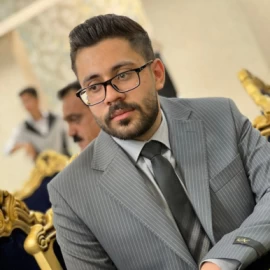



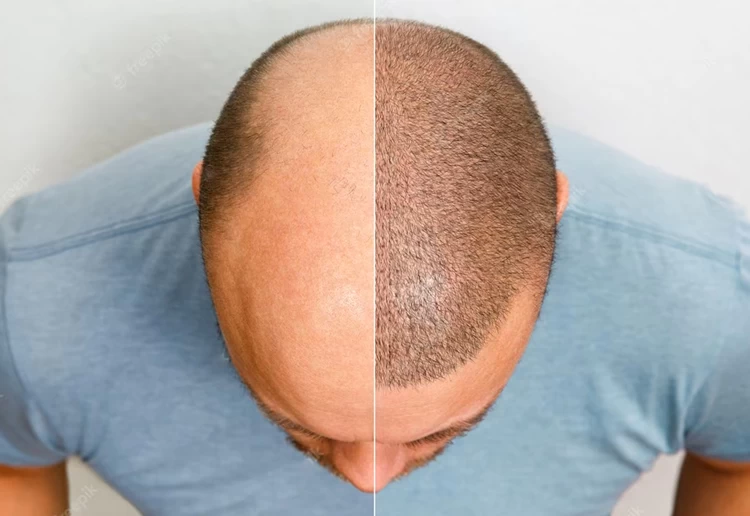


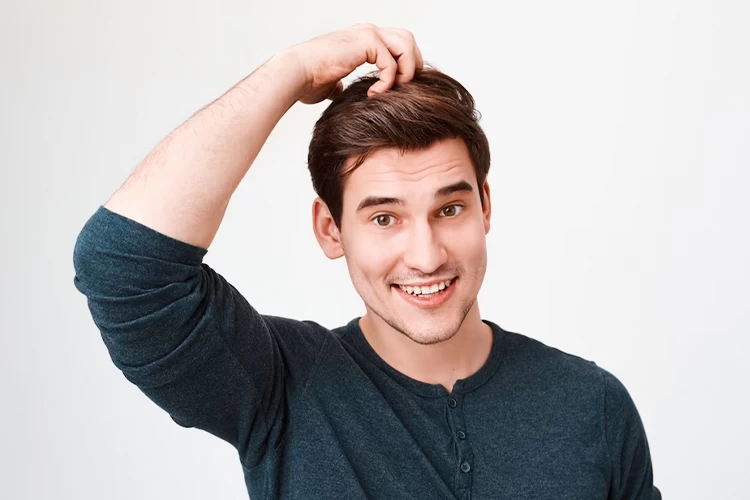


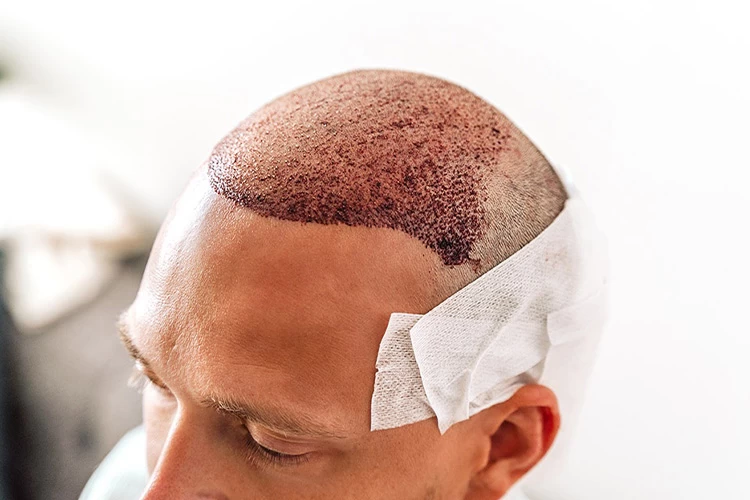
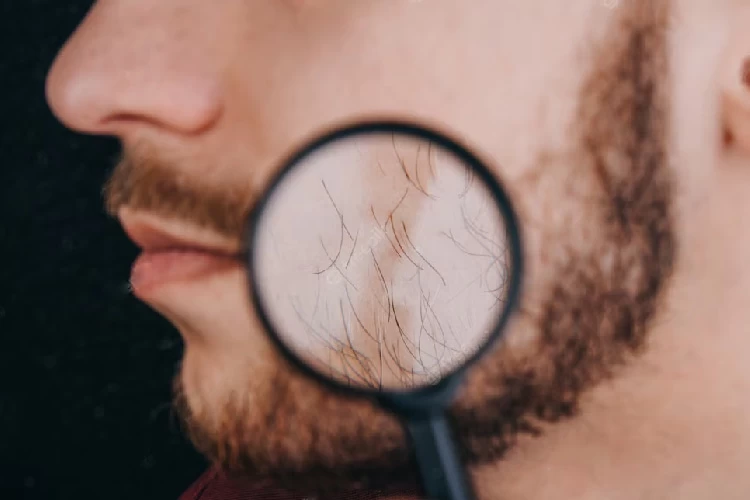
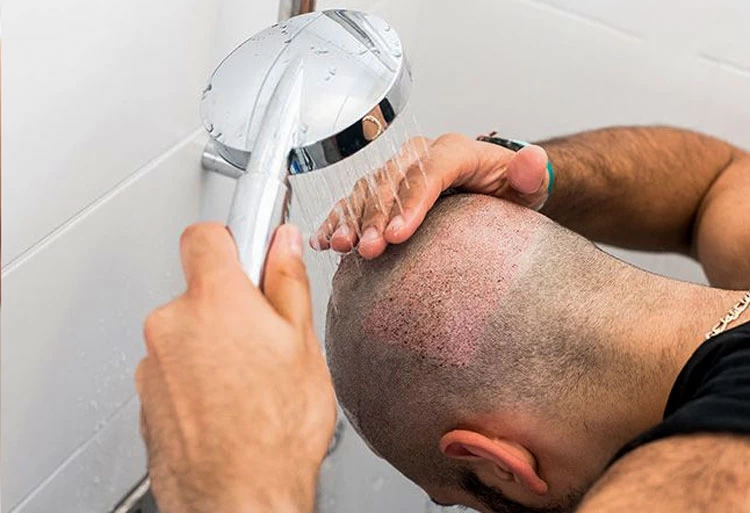
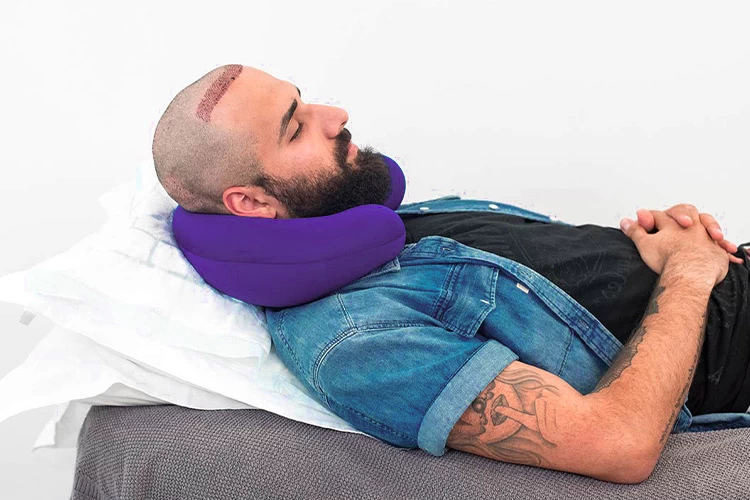


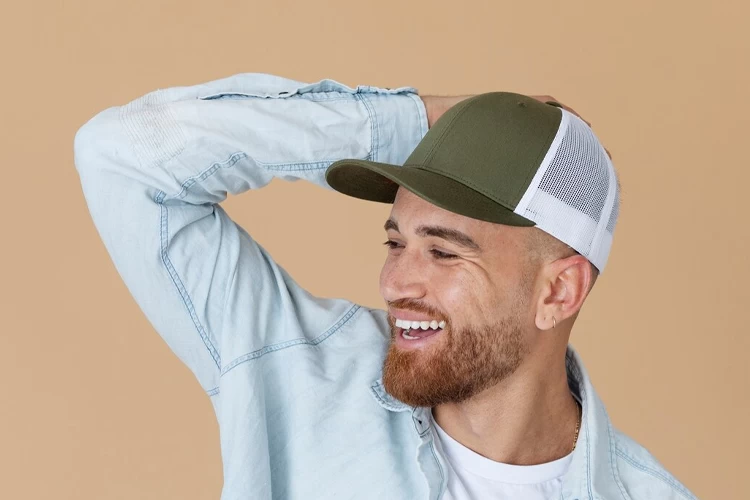
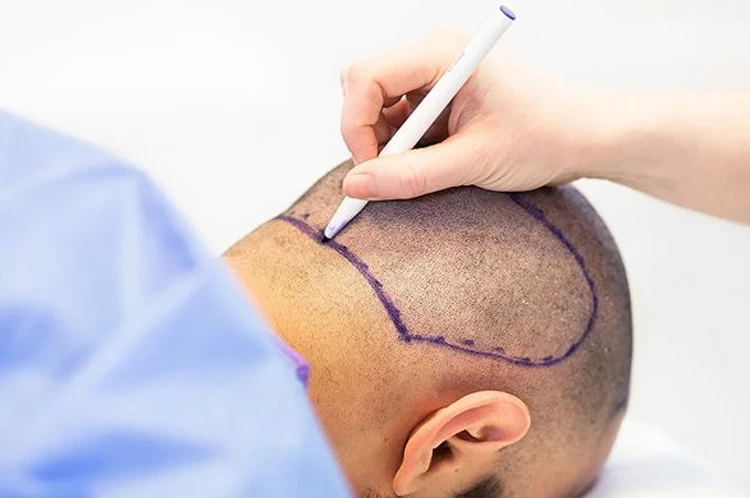

No reviews
Your comment